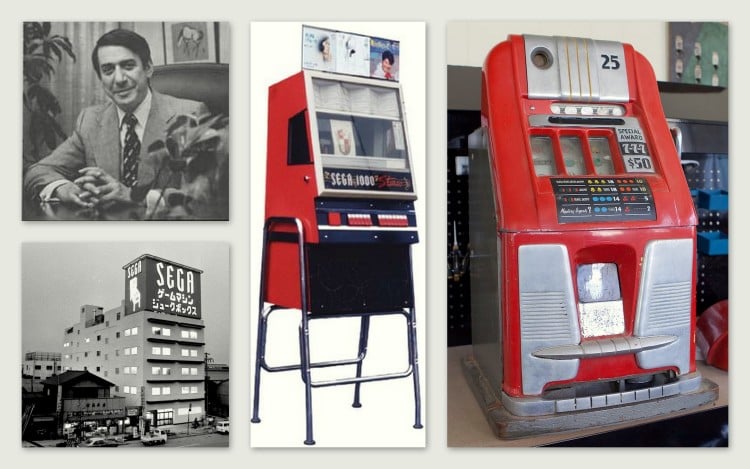Sega Corporation is a Japanese video gaming and entertainment corporation in Shinagawa, Tokyo. Sega of America and Sega Europe are headquartered in Irvine, California, and London, respectively. Sega Games, a division for the development of both arcade games and home video games, has been in its current form since 2020; before then, the two were independent entities known as Sega Games and Sega Interactive Co. Ltd. But did you know where the name Sega come from?
The Sega Corporation began as “Service Games,” focusing on coin-operated game machines for service members, and relocated to Japan after the United States government outlawed slot machines in 1952.
The History of Sega
Sega began in Hawaii in 1940 as Standard Games, a coin-operated game manufacturer. While producing games for military locations, the company was known as Standard Games, but after relocating to Japan in 1952, it was renamed Service Games of Japan.
Sega Enterprises was formed when Service Games of Japan combined with Rosen Enterprises. In 1965, Sega produced Periscope, a successful arcade game, and arcade standouts Zaxxon and Out Run.
Sega produced its first console system, the SG-1000, in the early 1980s, earning more than $200 million in revenue. Sega’s ownership changed multiple times during the next few years. The company developed more consoles, the Sega Master System and the Sega Genesis, and began a significant struggle to dominate the video game market with its biggest rival, the Nintendo platform.
Following the defeat of the Master System by the Nintendo Entertainment System (NES), Sega undertook an aggressive marketing campaign and, with the help of the superior technology of the Sega Genesis, regained a substantial share of the video game market. Sega introduced Sonic the Hedgehog, a game based on a quick blue rodent supposed to appear more modern than Nintendo’s mascot, Mario, from the Mario Brothers game series, when the Super Nintendo Entertainment System (SNES) was released in the early 1990s. Sonic inspired several successful games and became the company’s face. Sega was defeated in a long battle for video supremacy with Nintendo, although both firms thrived throughout the so-called console wars.
Sega built many more console systems, including the Saturn in 1994 and the Dreamcast in 1998, before abandoning console development entirely in 2001 due to new competitors and weak sales. Sega has since shifted its attention to software design and third-party game development for its most successful franchises, including Sonic the Hedgehog, Total War, and Virtua Fighter. (Source: Britannica)
What is Sega’s Legacy?
Since 1981, Sega has generated over 500 games, 70 franchises, and 20 arcade system boards, making them one of the world’s most prolific arcade game companies. Guinness World Records has recognized it for this feat.
It’s raucous, broad, and has an excellent feeling of showmanship. On top of that, it boasts something that its console-dwelling relative has frequently lacked: success.
Martin Robinson, Eurogamer’s Editor-in-Chief
The Sega Genesis is frequently regarded as one of the greatest video game consoles. In 2014, Jeremy Parish of USgamer credited it for energizing the market by shattering Nintendo’s near-monopoly, assisting in creating modern sports game franchises, and popularizing television games in the UK. With the simultaneous release of Sonic the Hedgehog 2 in North America and Europe, Kalinske felt Sega had innovated by designing games for an older population and pioneering the “street date” concept. Sega of America’s Genesis marketing effort inspired marketing for the following platforms. (Source: Eurogamers)
Image from Sega bits
